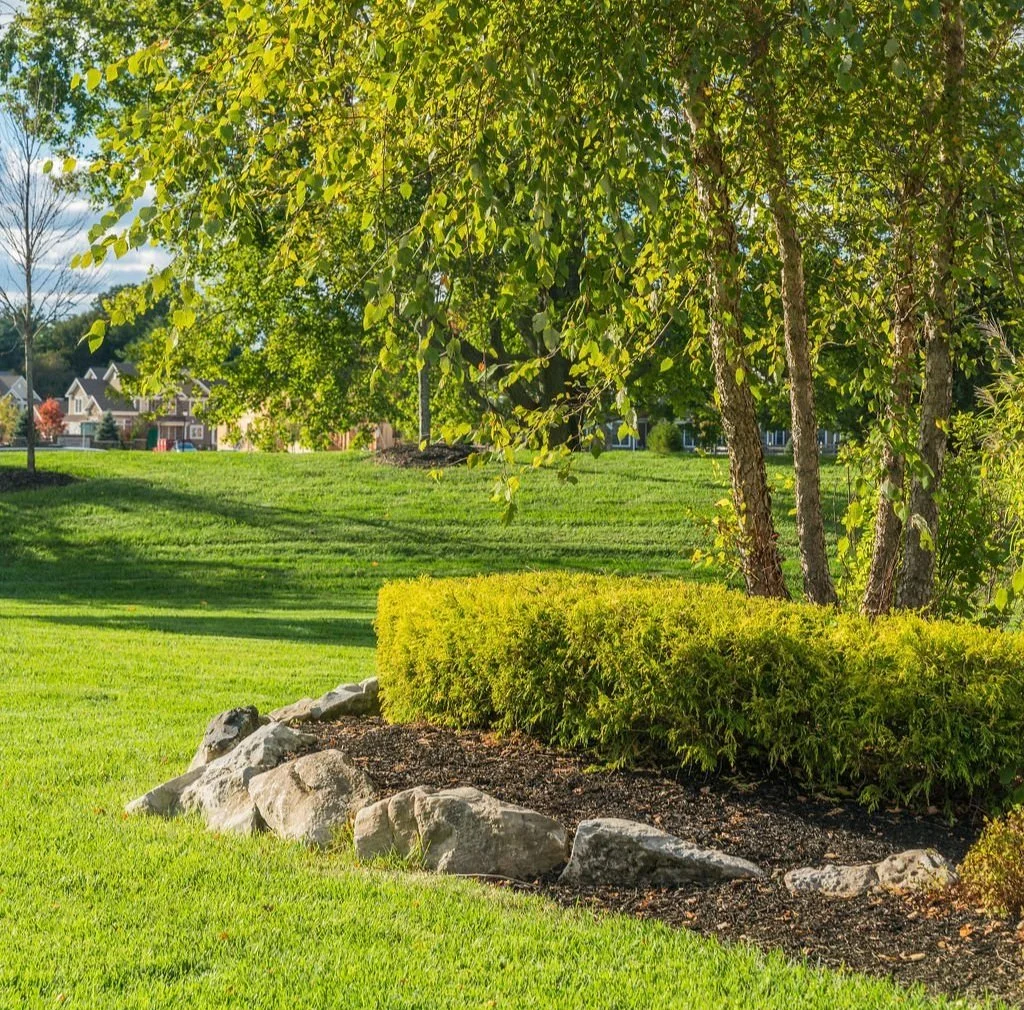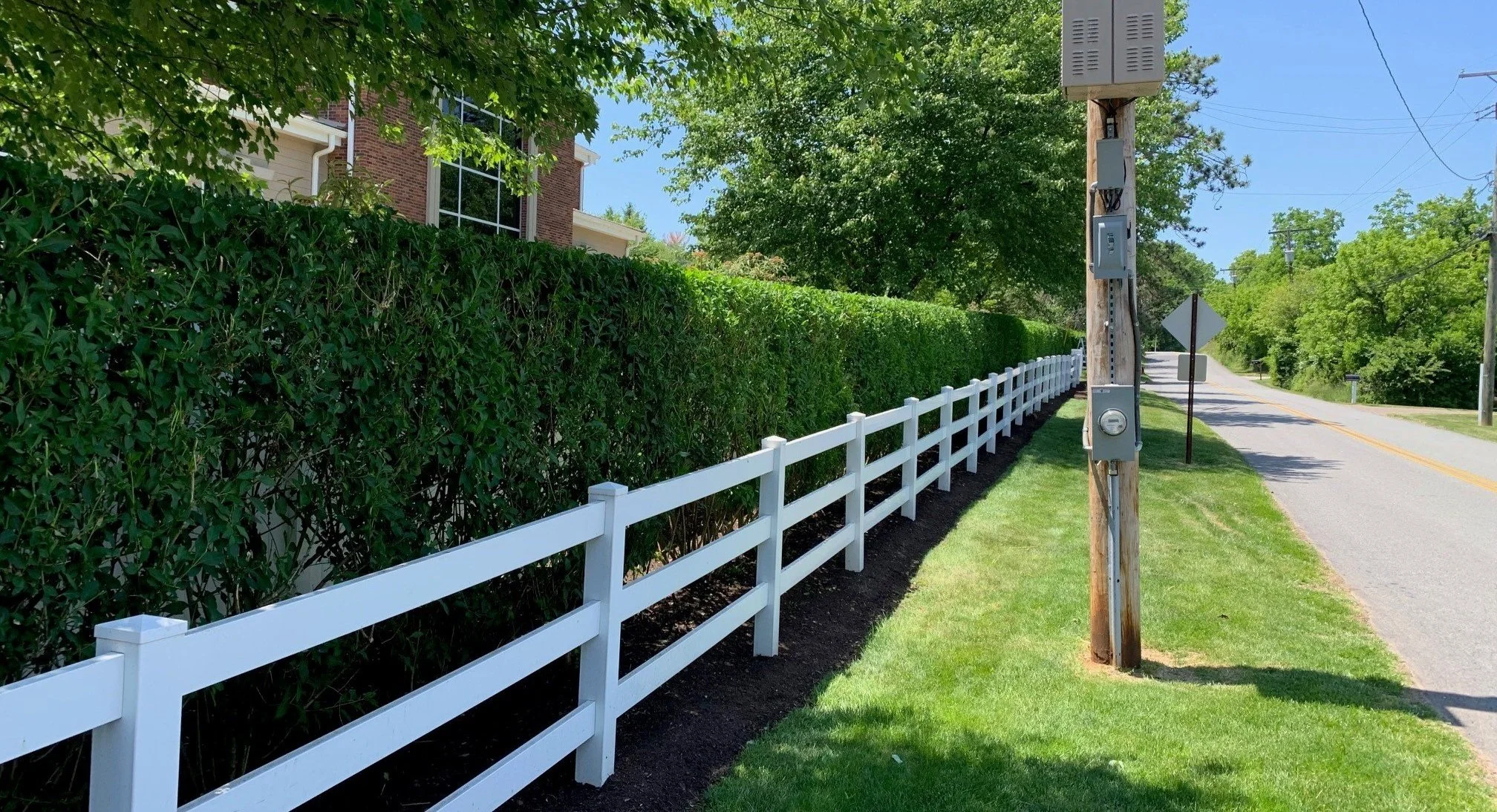Landscape Maintenance Tips: Pruning Flowering Shrubs
Pruning flowering shrubs is a crucial aspect of maintaining their health and enhancing their aesthetic appeal. It not only helps in managing plant growth but also ensures better flower quality, removes damaged or diseased branches, and improves air circulation, reducing the risk of certain plant diseases. In this comprehensive guide, we will explore the dos and don'ts of pruning flowering shrubs and provide you with tips to ensure your shrubs remain healthy and vibrant.
Live Oak’s beautiful landscaping work on display at Raritan Center in New Jersey.
Understanding the appropriate timing for pruning is vital to maximize the benefits and minimize potential harm to your shrubs. Spring-flowering shrubs should be pruned immediately after they finish blooming. This allows them to set buds for the next season without disruption. On the other hand, summer-flowering shrubs are best pruned during late winter or early spring, before new growth emerges. It is important to avoid pruning in late summer or early fall, as this can interfere with the shrub's ability to withstand winter conditions.
The "one-third rule" is a valuable guideline to follow when pruning flowering shrubs. Remove about one-third of the oldest wood at ground level to encourage new growth and rejuvenate the plant. Additionally, cut back approximately one-third of the younger, newer canes by about one-third of their height per season. This approach allows for controlled growth and helps maintain the natural form of the shrub. Utilize heading cuts to reduce the height of the shrub while retaining its overall shape. Thinning cuts, on the other hand, involve removing select branches within the canopy to improve light penetration and air circulation.
It is crucial to disinfect your pruning tools between each cut to prevent the spread of diseases. Simply wiping the blades with rubbing alcohol or a disinfectant solution will suffice. However, avoid using wound dressings or paints on pruning cuts, as research has shown that they do not enhance healing and may even hinder it. Allow the shrub to naturally seal its own pruning wounds.
Proper pruning practices offer a multitude of positive effects. By removing dead or diseased branches, you enhance the overall health and vigor of the shrub. Opening up the canopy through thinning cuts improves air circulation, reducing the likelihood of fungal infections. Pruning also encourages the development of new buds and stimulates vigorous growth, resulting in more abundant and vibrant blooms.
Live Oak’s pruning work on display at Gill St. Bernard’s School in New Jersey.
In conclusion, pruning flowering shrubs is a necessary task to maintain their health and appearance. Remember to prune at the appropriate time, follow the "one-third rule," disinfect your tools, and avoid using wound dressings or paints. By implementing these proper pruning techniques, you can ensure that your shrubs flourish, adding beauty and charm to your landscape for years to come.
Give us a follow for more plant care tips or reach out to us at liveoaklandscape.com/contact to discuss how Live Oak can transform your property’s plant care & landscape maintenance strategy.



